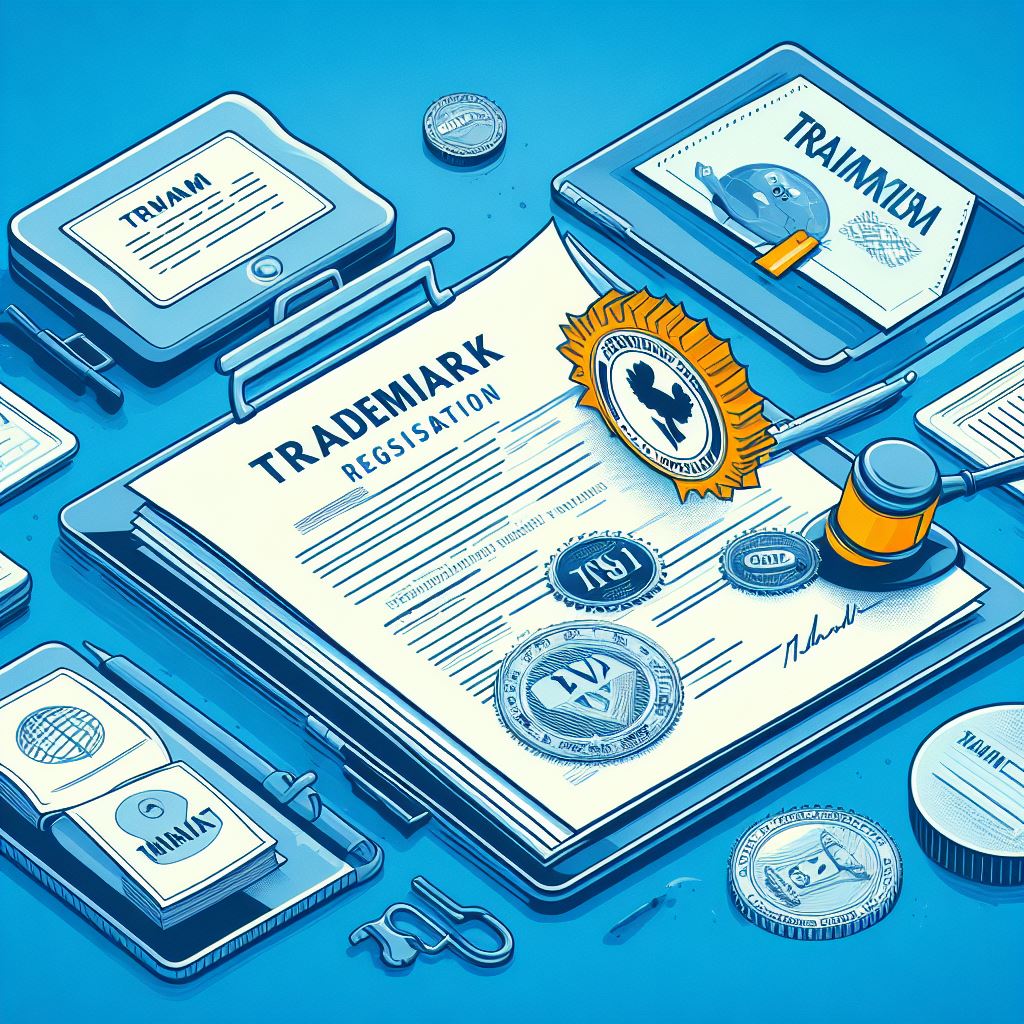Trademark registration in Lithuania is a strategic step for businesses aiming to establish a strong presence in the Baltic region. The process demands meticulous attention to detail, adherence to legal protocols, and the submission of necessary documents. In this article, we will guide you through the essential procedures, necessary documents, and key considerations to successfully navigate the trademark registration process in Lithuania.
- Understanding Lithuanian Trademark Laws: Begin by familiarizing yourself with Lithuanian trademark laws and regulations. Lithuania follows the European Union Intellectual Property Office (EUIPO) guidelines for trademark registration. Understanding the legal framework is fundamental to a successful application.
- Comprehensive Trademark Search: Conduct a thorough trademark search to identify existing trademarks that might conflict with your intended mark. This search minimizes the risk of objections and legal disputes. Utilize online databases and professional trademark search services for a comprehensive analysis.
- Classification of Goods and Services: Accurate classification of your goods or services is crucial. Follow the Nice Classification system and identify the appropriate class(es) for your products or services. Misclassification can lead to delays or rejection of your application.
- Preparation of Necessary Documents: Gather the required documents, including a clear representation of your trademark (in electronic format), a list of goods or services to be covered by the trademark, and proof of payment of the application fees. Additionally, if you are represented by a trademark attorney, provide a power of attorney document.
- Filing the Application: Submit your trademark application to the State Patent Bureau of the Republic of Lithuania (VPTI). The application form, along with the necessary documents, can be filed online or in person. Pay the application fees, which vary based on the number of classes and the filing method.
- Examination and Publication: The State Patent Bureau will conduct an examination of your application to ensure compliance with the legal requirements. If no issues are found, your trademark will be published in the Official Trademark Gazette for opposition purposes. Trademark oppositions can be filed within three months from the publication date.
- Registration and Renewal: If no oppositions are received or successfully resolved, your trademark will be registered. Lithuanian trademarks are valid for ten years and can be renewed indefinitely for successive ten-year periods. Keep track of the renewal deadlines to maintain your trademark protection.
- Enforcement and Protection: Once registered, monitor the market for potential infringements. If you encounter any unauthorized use of your trademark, take legal action promptly. Trademark protection in Lithuania provides you with the legal grounds to defend your brand against infringement.
Conclusion:
Trademark registration in Lithuania demands a systematic approach, from conducting comprehensive searches to preparing and submitting accurate documents. By understanding the procedures, adhering to legal requirements, and ensuring timely renewals, you can establish a strong and protected brand presence in Lithuania, allowing your business to thrive in this dynamic European market.
You can see a list of Lithuania IP firms here.

